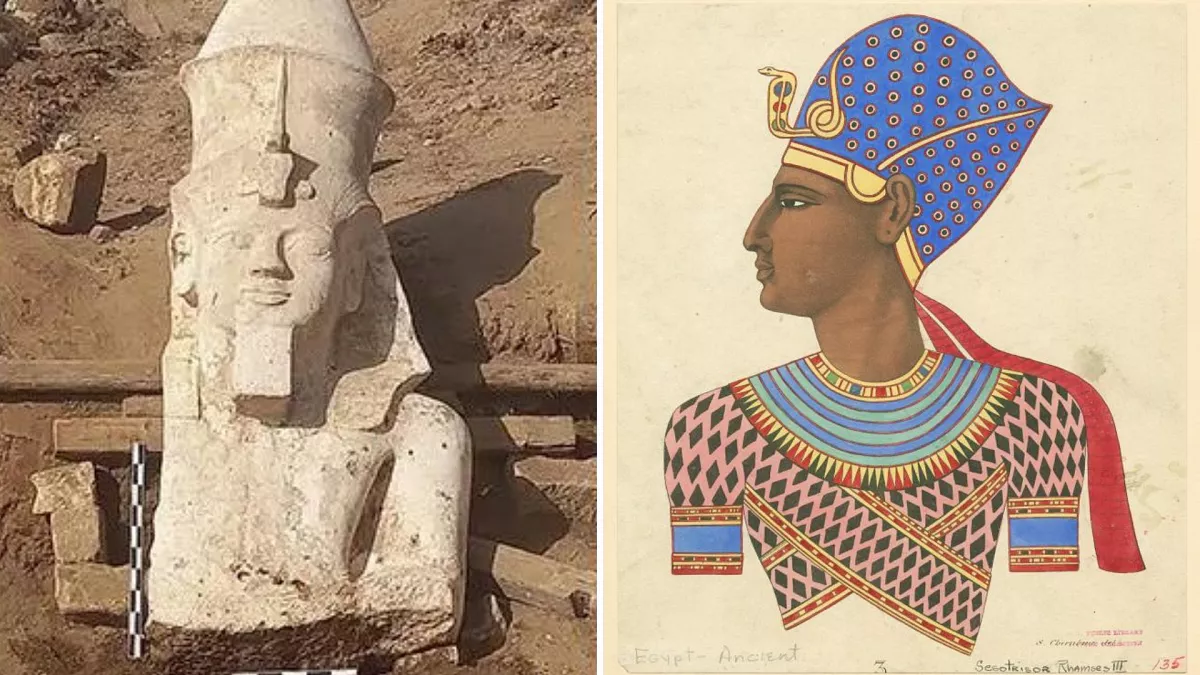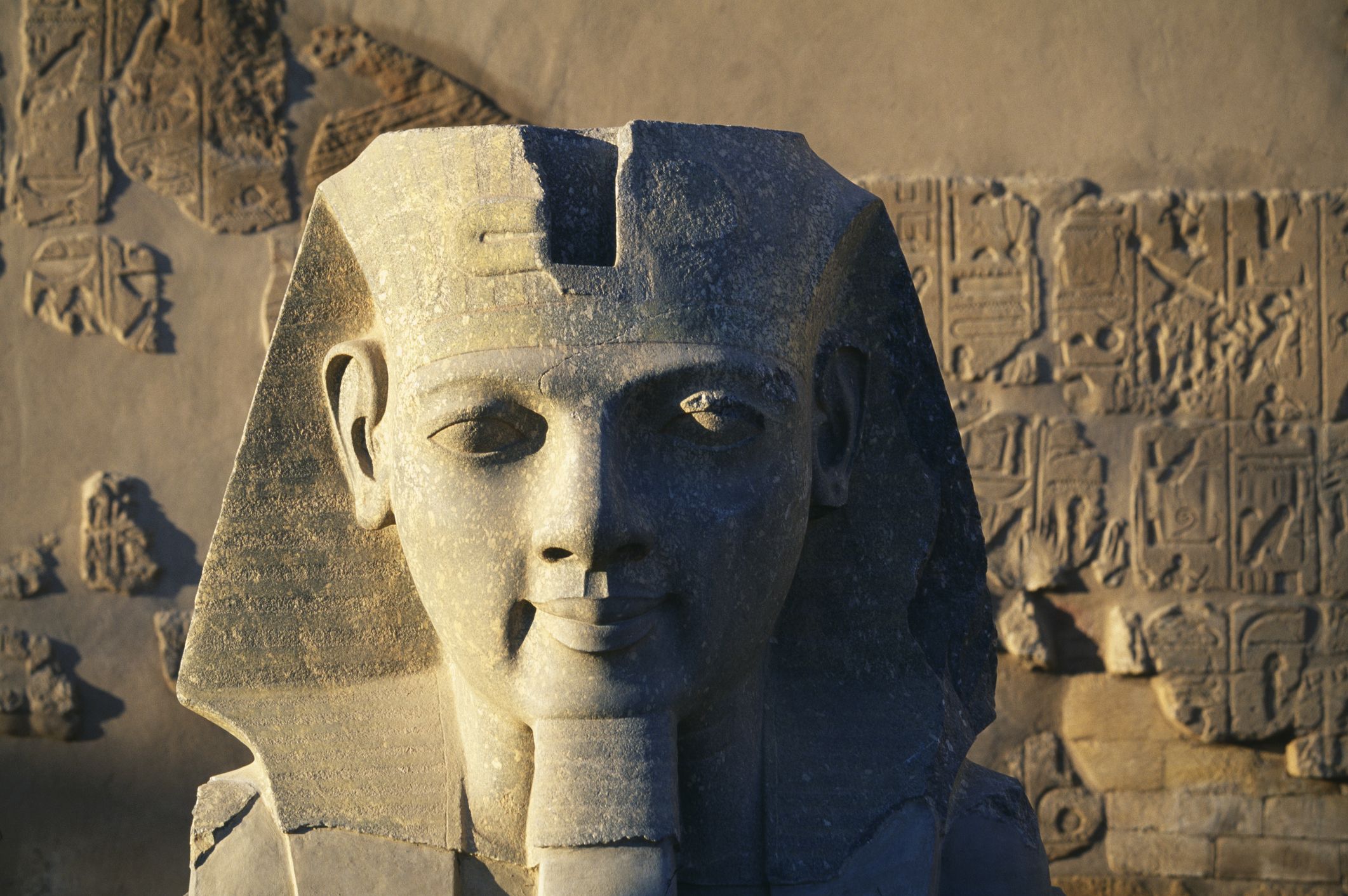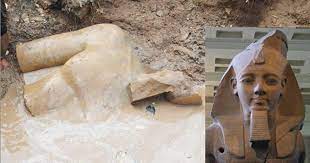Revealing the Mysterious Fragment: Massive Statue of Ancient Egyptian Pharaoh Found in Cairo Suburb
In a remarkable archaeological discovery, a massive statue of an ancient Egyptian pharaoh was unearthed in a Cairo suburb, a find that has been hailed as one of the most significant in recent years. This discovery, made in the Matariya district—the location of the ancient city of Heliopolis—has provided an invaluable glimpse into the city’s past as a major religious and political center. The colossal statue, found broken in several pieces, was a powerful testament to the ambition of the pharaohs and the advanced stone-working skills of their artisans.

Initial reports from the German-Egyptian archaeological team suggested that the colossal statue, made of quartzite and standing an estimated 26 feet tall, depicted Ramses II, one of Egypt’s most powerful and celebrated rulers from the 19th Dynasty. His extensive building projects and colossal statues are famous throughout Egypt, and the discovery of this one near the ruins of his sun temple in Heliopolis made the initial identification seem plausible. The excitement surrounding the find was immense, with officials and the public celebrating the discovery of a piece of “Ramses the Great.”

However, further analysis, particularly of newly discovered inscriptions on the statue’s back pillar, later led to a revised and even more fascinating conclusion. Hieroglyphics indicated that the statue actually belonged to a much later pharaoh, Psamtik I, who ruled during the 26th Dynasty (664–610 BCE). This shift in identification was a significant revelation, as it provided a more precise timeline for the construction of monuments in ancient Heliopolis and highlighted the continuity of pharaonic power and monumental construction in a later, often-overlooked era of Egyptian history. The discovery, regardless of the pharaoh it represents, remains a crucial find that continues to offer new insights into the past.
